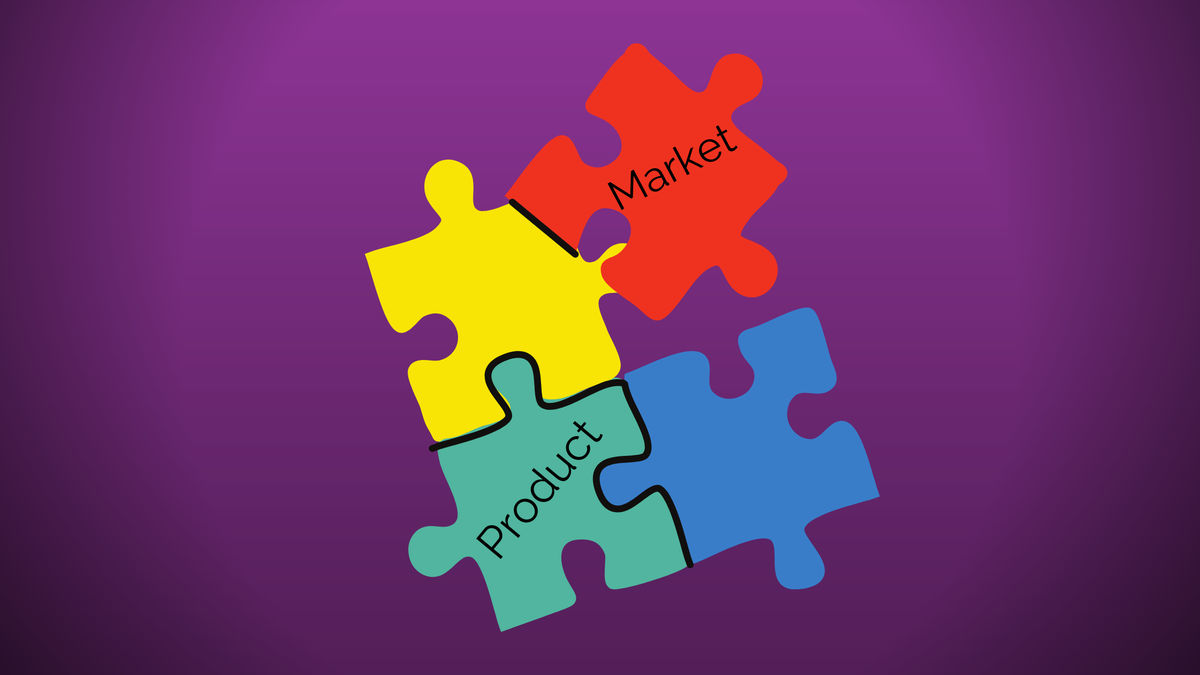Imagine trying to sell face masks before 2020- very few people would’ve gone for the idea. Why would I need a face mask? More specifically, why would I need a “cute” face mask or one with my favorite sports team on it?
This is the importance of product market fit. Basically, product market fit is how well a product satisfies a need within a market. This concept is important, as it essentially determines whether your product idea will be a success or a flop. You want to ensure that your product’s not only satisfying a need but it’s satisfying a need of a large rather than niche market. This alone ensures commercial viability.
So, do you have an idea and want to decide if it lives up to product market fit?
Let’s look at some of the steps you can take in product innovation, some real-life examples of products that have succeeded and failed in regards to product market fit, and finally, what comes after product market fit determination.
Step 1: Product People
Your product people are the people who will potentially use your product, more commonly known as your target market. Again, you want to consider: is your TAM or total addressable market large enough to determine revenue potential.
During this stage, you want to conduct market research in order to uncover the need you are trying to meet and the competition that’s currently meeting the need in one way or another.
There are a couple of methods that can be used here to analyze a potential gap in the market, one being perceptual mapping. An example of perceptual mapping can be found here, but essentially, these are graphs you can draw up to see how your potential target market views your competitors’ products. Once the graph is mapped, you can find the gaps where your product would fit; this will lead you to the next step of product differentiation.
Step 2: Product Differentiation
The product you develop should never be identical to an existing product. It’s important that you find what your competition is doing poorly and ensure that your product does it better.
But don’t stop there!
What else are your consumers looking for from this product that your competition hasn’t even thought of yet? Be sure to solve the problem your consumers are currently facing as best you can. This will make your product the most successful and best solution out there--value proposition is key.
Step 3: Product Functionality
Once you have your product in theory, it’s time to start bringing it to life through product features and beginning stages of prototyping. What features are you going to keep and put at the top of your importance list and what features can you forego?
Do you really need a unicorn painted on each spoon, or is the functionality of the spoon more important to your audience? This is an out there example, but nonetheless, something you should think about.
Once you have your product features ranked in importance, you can start prototyping or developing an early model to test in market research, i.e. focus groups, and eventually within the market itself.
Step 4: Product Aesthetics
During this stage, you can develop your most official prototype and initiate market research. Focus groups are a great technique here in order to determine if there’s an appropriate product market fit.
Focus groups can allow those within your potential market to hold, analyze, use, and give feedback in regards to the product. You can receive direct and immediate reactions. These alone will help you see the product market fit potential and if there are any product development tweaks you can make before launch.
Step 5: Product Progress
So, what comes next after product market fit determination? Well, I hate to break it to you, but you’re never truly finished with product development or product market fit determination. Competition will come out of nowhere, the needs of your target market might change, or a new need might arise that you think you can tackle even better.
It’s important to implement consistent research and be ready to tweak or update your product at the drop of a hat.
Let’s take a look at two product examples below in order to see this process in action and determine why one saw immediate success while the other faltered.
Segway vs. Slanted Measuring Cup
The Segway

Today, the segway is the vehicle of mall cops. When it first went to market, however, it was a complete bust, as the product failed to find an effective and appropriate product market fit.
Product developers simply developed the product, as they thought it was “cool,” which I mean it is, but there were so many questions they didn’t think about: who will use this product, where will they use it, where will they charge it, and the list goes on and on.
They simply didn’t think through the need they were trying to meet and potential TAM.
Slanted Measuring Cup
In contrast, the slanted measuring cup turned out to be a huge success. I know! The segway was a bust but everyone went crazy for the slanted measuring cup?? Crazy how things work.
The measuring cup’s success came from following the steps provided previously. The innovators discovered that those who were much older cooking in the kitchen found it difficult to bend over and see the measurements on the side of measuring cups. So, by slanting the cup and moving the measurements to the top, this problem was solved for a large market.
A niche problem + large TAM= success
So, what’s the key takeaway here? Be more like the slanted measuring cup innovators. Be methodical and follow these steps above to ensure a successful product innovation process and product market fit.

